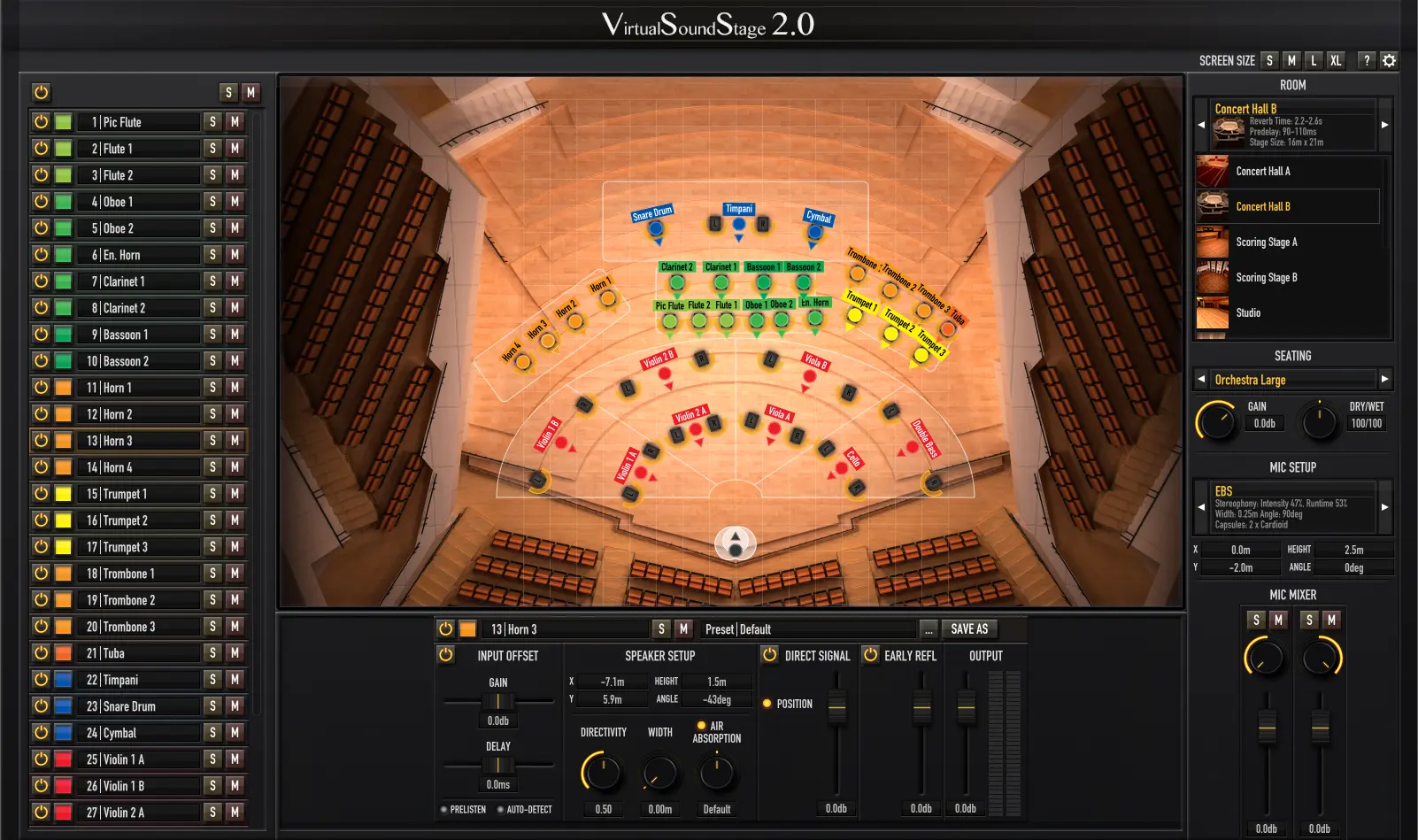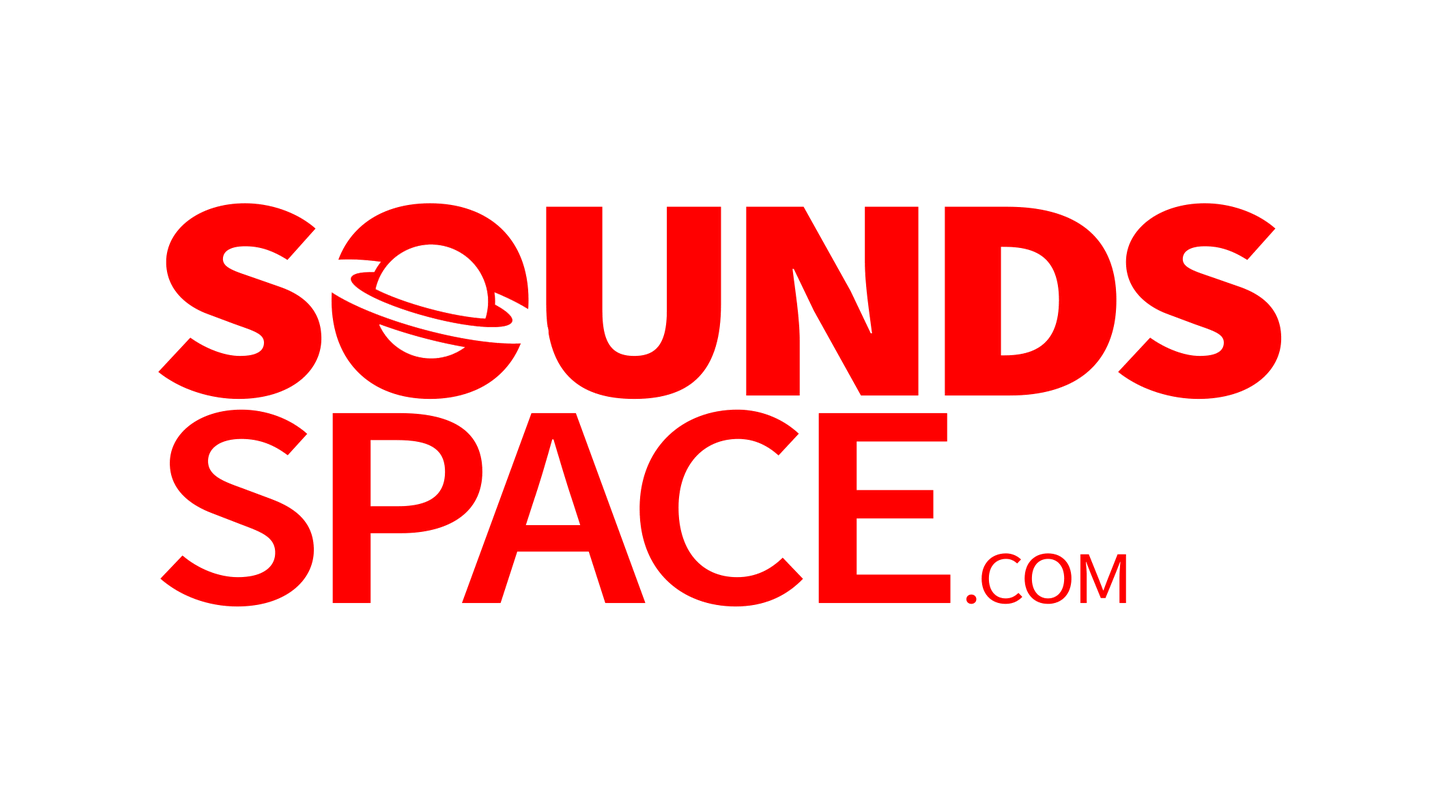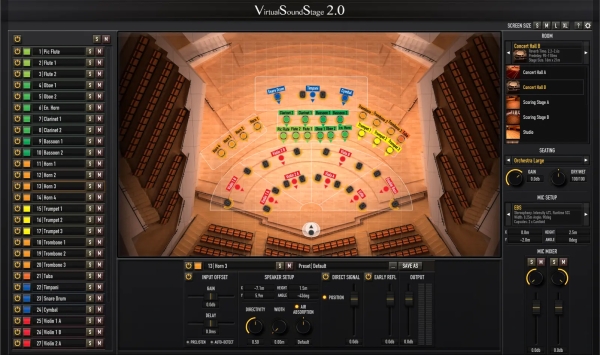Virtual Sound Stage v2.0.2 — Free Legacy Version
If you make music, design sound for media, or tinker with immersive audio for games and VR, the idea of placing instruments and effects inside a virtual room is a powerful creative tool. Virtual Sound Stage v2.0.2 — Free Legacy Version is the kind of plugin that gives you that spatial control without a heavy learning curve or a heavy price tag. This blog walks you through what the legacy free release is, why it still matters, how to use it practically in modern workflows, and tips to squeeze the best results out of a seemingly “old” plugin.
What is Virtual Sound Stage (Quick overview)
At its core, Virtual Sound Stage is a spatial audio plugin: a stereo/ambisonic-friendly tool that simulates acoustic space and lets you position sound sources relative to a listener. Think of it like a virtual mixing room: instead of moving faders and panning knobs on a 2D stereo field, you place instruments on a stage, adjust distance and direction, tweak the room’s acoustic character, and then render or perform with that spatial set-up. The v2.0.2 free legacy edition gives you the most essential spatial features in a lightweight package. It’s ideal for producers who want quick, musical results without paying for the latest pro-suite bells and whistles.

Why use the legacy free version?
A few reasons people keep going back to free legacy versions like v2.0.2:
-
Simplicity and speed. The interface is usually stripped down to the essentials, so you can work fast and focus on musical decisions rather than wrestling with complex routing.
-
Stability. Legacy builds are often well-tested across a wide range of DAWs and setups — they rarely introduce the new bugs sometimes found in brand-new releases.
-
Low CPU footprint. Because v2.0.2 predates the heavy DSP of later versions, it tends to be lighter on CPU — great for mixing large sessions or for laptop-based sessions.
-
Educational value. For learners, an older build teaches core principles of spatial mixing without overwhelming you with advanced features you don’t yet need.
-
Free license. For hobbyists, students, or anyone on a budget, a free legacy version offers legitimate, useful functionality without cost.
Key features you’ll actually use (v2.0.2)
While modern pro versions may add fancy ambisonics, binaural rendering, or networked speaker arrays, v2.0.2 delivers pragmatic, musical features that matter day-to-day:
-
Easy source positioning: Drag-and-drop or XY-style control to place a sound left-right and near-far.
-
Distance-based EQ and attenuation: Automatically simulates how brightness and level change as a source moves away.
-
Room size/reverb blending: Not a full convolution reverb, but a musical room control that blends direct sound and early/late reflections.
-
Stereo width control: Widen or tighten the perceived stereo spread of a source without phase disasters.
-
Presets for common spaces: Quick starting points (small room, medium hall, club, booth) to speed up workflow.
-
Automation-friendly parameters: Everything critical can be automated inside your DAW for dynamic scene movement.
-
Light CPU usage: Designed to be efficient so you can use multiple instances.
(Implementation details like supported plugin formats depend on the build you download — most legacy distributions include major formats compatible with common DAWs.)
DOWNLOAD IT HERE
Typical use-cases and workflows
Here are practical ways producers and sound designers use Virtual Sound Stage v2.0.2:
1. Creating an immersive stereo mix
Instead of static panning, place instruments across a stage. Put lead vocals slightly forward and centered, backing vocals wider and farther back, and percussion slightly left and near for presence. Use subtle distance EQ to roll off highs on background parts so the lead sits forward naturally.
2. Sound design for short films & trailers
Quickly place Foley and ambience around a virtual listener. Move a passing car from left to right while reducing high frequencies as it “travels” away. Export the rendered stems for final mix.
3. Game audio prototyping
Before investing in middleware, use the plugin to audition how assets will feel spatially. Animate position automations to mimic in-game movement and export stems for integration tests.
4. Podcasting and storytelling
Add a sense of location to scene-based audio drama. Put footsteps farther back, dialogue up-front, and subtle room reflections to glue the scene together.
Quickstart: Getting productive in 10 minutes
-
Insert the plugin on the track you want to spatialize (lead vocal, synth, ambience, etc.).
-
Choose a preset (small room for intimate sources, medium hall for background pads).
-
Place the source using the XY pad: left/right for pan, up/down for distance. Watch how the level and tone change.
-
Tweak room size to control reflection density and decay. Smaller rooms = tighter early reflections; larger = lush late tails.
-
Adjust stereo width if you need a mono-compatible center or a wide pad that fills the mix.
-
Automate movement: Draw parameter automation to have sources move across the stage during a build or transition.
-
Compare wet/dry: Bypass the plugin to A/B your spatial choices and make sure they serve the song.
Keep an ear on mono compatibility (collapse your mix to mono occasionally). Simple spatial tricks can kill mono clarity if you overdo phasey widening.
Tips & tricks to sound modern with legacy tools
-
Layer rooms: Put an instance with a short room and another with a long tail in parallel. Blend for realistic direct + ambient coupling.
-
Use subtlety: Often, a few dB of attenuation and a small tilt in EQ are more convincing than extreme moves.
-
Combine with convolution: Use v2.0.2 for precise spatial placement and then add a high-quality convolution reverb on an aux for final air and character.
-
Automate distance-based EQ to mimic the physical phenomenon where high frequencies dissipate faster with distance.
-
Group processing: Insert the plugin on buses (drums bus, backing vocals bus) rather than every track — cheaper CPU and more musical cohesion.
-
Freeze or print tracks: If you're CPU-bound but love the spatial detail, print the plugin to stems once you’re happy.
Limitations and how to work around them
Every tool has limits — legacy versions more so — but they don’t have to be blockers:
-
No advanced ambisonics / binaural features: If you need head-related transfer functions (HRTF) or multi-speaker ambisonics, use v2.0.2 for concepting and then move to specialized tools for final render.
-
Fewer routing options: If it lacks complex routing, use bussing in your DAW to simulate submixes and reverb sends.
-
Older GUI scaling: Legacy GUIs sometimes look small on high-DPI screens; increase your DAW’s plugin scaling or use fewer instances and print stems.
-
Feature parity with new versions: Don’t expect the latest fine-grain controls — but remember: many mixes benefit more from simple, musical controls than from feature bloat.
Who should download the free legacy version?
-
Beginners wanting to learn spatial mixing without overwhelm.
-
Producers on a budget need solid spatial tools without licensing fees.
-
Educators and students studying the fundamentals of distance, reflections, and stereo imaging.
-
Mobile or laptop producers who need light CPU use and stability.
-
Anyone prototyping immersive mixes before committing to expensive ambisonic chains.
Community and learning resources
One underrated strength of older, free releases is the community knowledge around them. Look for user-made presets, tutorial walkthroughs, and template projects — many creators post workflow videos showing how they use the plugin in actual productions. When using a legacy build, community support can be an excellent complement to official documentation.
Final thoughts — legacy is practical, not passé
Software age doesn’t automatically equate to obsolescence. Virtual Sound Stage v2.0.2 — Free Legacy Version demonstrates that an elegantly designed spatial tool can remain musically relevant years after its first release. It encourages good practices: listening, subtlety, and musical placement. Use it as a fast, reliable way to add depth and motion to mixes, prototype immersive ideas, or teach students how instruments live in a sonic space.
If you want to go further: try pairing the legacy plugin with a modern convolution reverb, experiment with automation to bring life into static mixes, and don’t be afraid to print and commit once you find a spatial setup that works — mixing is about decisions, not indecision.
DOWNLOAD IT HERE


